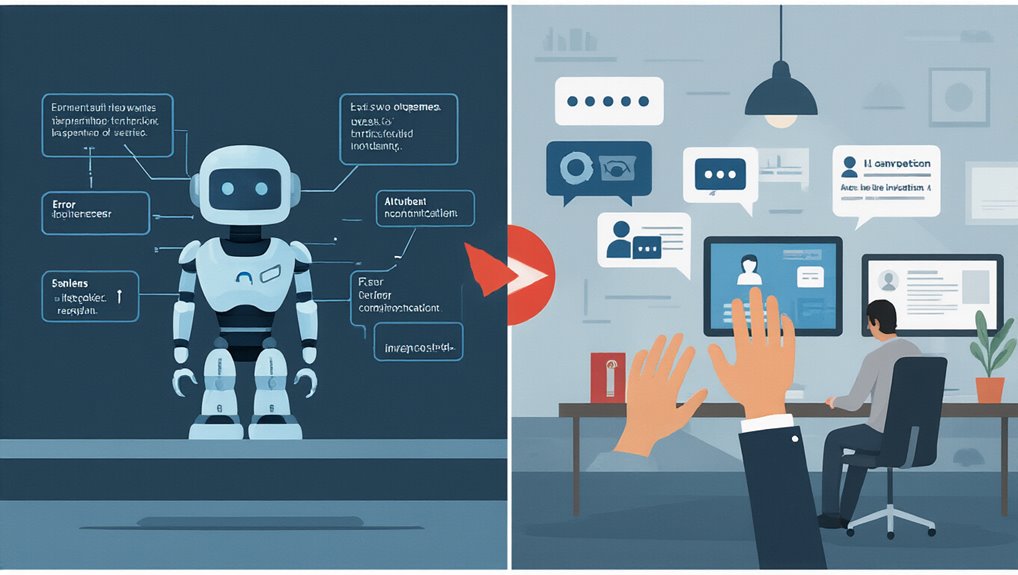How can organizations accurately measure the effectiveness of service integrators when traditional metrics fall short? Service integrators operate in a complex middle ground between service providers and customers, making their unique contributions difficult to quantify.
Unlike direct service providers, integrators don’t produce tangible outputs that can be easily measured through conventional means. Traditional operational metrics like service availability, incident counts, and downtime primarily reflect the performance of service providers rather than integrators.
While providers create measurable outputs, integrators deliver value that eludes conventional metrics.
These metrics fail to capture the true value that integrators bring to the table—namely, coordination, governance, and fostering collaboration across multiple service boundaries. When system uptime reaches 99.9%, this success may result from effective integration work, but the metric itself doesn’t isolate the integrator’s contribution.
The challenge intensifies when accountability becomes blurred. When performance issues arise, determining whether the root cause lies with the service provider or the integrator requires nuanced analysis beyond what traditional KPIs can provide.
Consider these key limitations of conventional metrics:
- They measure outputs (like error rates) rather than integrator activities (such as process improvement)
- They don’t distinguish between provider performance and integrator influence
- They overlook the “softer” aspects of integration work, including cultural alignment and collaborative problem-solving
Organizations must develop integration-specific KPIs that focus on the unique intermediary role of service integrators. These might include:
- Speed of resolution for cross-service issues
- Effectiveness of governance processes
- Rate of integrator-facilitated innovations
Modern service integrators may benefit from adopting elastic scalability capabilities that automatically adjust to varying workloads and demands across different services.
A more all-encompassing measurement approach combines quantitative metrics with qualitative assessments like maturity models and stakeholder surveys. This balanced framework provides visibility into how well integrators orchestrate the complex ecosystem of service providers, manage interdependencies, and drive continuous improvement—all critical functions that escape traditional measurement approaches. Organizations often face a watermelon effect when relying solely on operational metrics, showing green indicators externally while hiding internal red flags that disconnect performance from actual business value. Establishing clear business objectives for integrators early in the service development phase is essential to identify relevant metrics that truly reflect their contributions.








